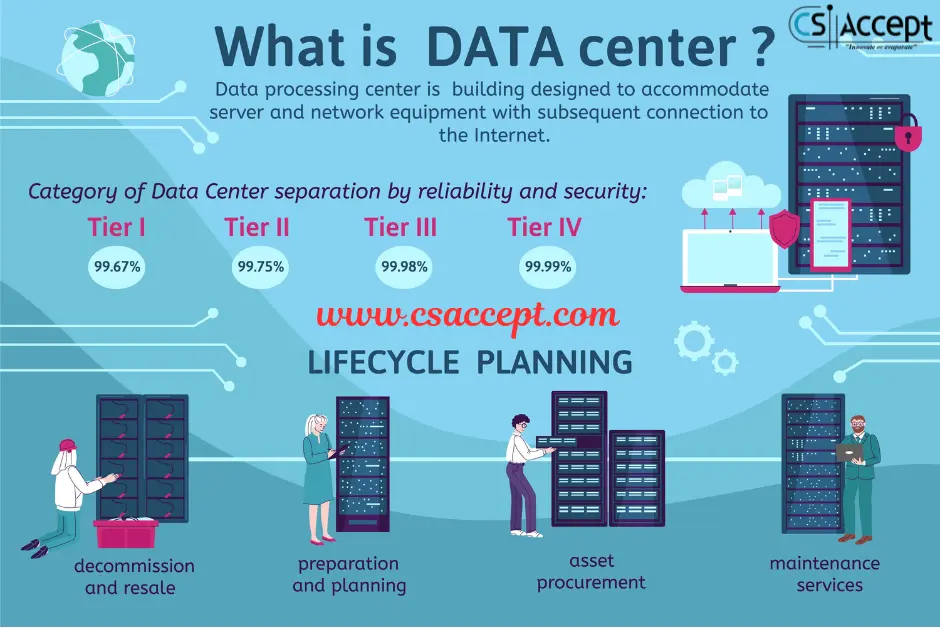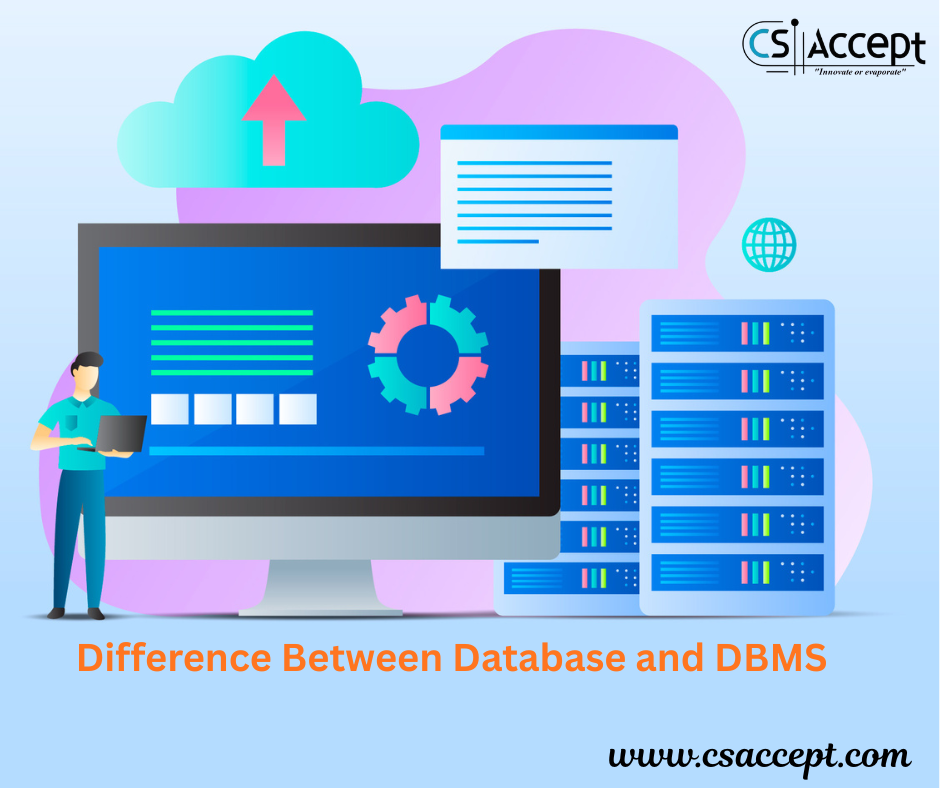
As technology continues to evolve in 2025, so do the threats to digital security. Cybercriminals are using more advanced tools powered by AI, automation, and deep fake technologies, making cyber threats more dangerous and difficult to detect. Below are the top cybersecurity threats of 2025, along with examples for better understanding.
1. AI-Powered Phishing Attacks
Description:
Cybercriminals are using AI to create hyper-personalized phishing emails, voice calls, and even video messages that are hard to distinguish from legitimate communication.
Example:
A company’s CFO receives a deepfake video call appearing to be from the CEO, instructing him to transfer ₹10 lakh to a vendor account. The video looks and sounds like the real CEO but was AI-generated by cybercriminals.
Defense:
- Use multi-factor authentication (MFA)
- Employee training to detect phishing
- Advanced email filters and verification processes
2. Ransomware-as-a-Service (RaaS)
Description:
Ransomware kits are now sold as services on the dark web. Even non-technical attackers can buy or rent ransomware and target businesses.
Example:
A school ERP system is infected with Ransomware. The hacker demands ₹5 lakh in cryptocurrency to unlock student data. The attacker bought the ransomware from a RaaS platform.
Defense:
- Regular backups of critical data
- Keep software updated
- Use robust endpoint protection
3. Deepfake & Synthetic Identity Attacks
Description:
Attackers use deepfake audio, video, or images to impersonate real individuals (CEOs, political leaders, etc.) or create entirely fake identities.
Example:
A job applicant uses AI to create a deepfake video interview, faking experience and certifications. The company hires the fake person, giving them access to internal systems.
Defense:
- Use biometric or live interview verification
- Digital signature & document validation tools
4. IoT and Smart Device Exploits
Description:
With more smart devices in homes and offices (smart TVs, cameras, locks, etc.), these devices are increasingly targeted for data theft or surveillance.
Example:
Hackers gain control of a smart security camera in a hospital, accessing sensitive visuals and conversations.
Defense:
- Change default passwords
- Segment IoT devices on separate networks
- Regular firmware updates
5. Cloud Security Misconfigurations
Description:
Many businesses move their data to cloud platforms (AWS, Azure, Google Cloud). Misconfigured storage buckets or access settings can expose sensitive information.
Example:
A healthcare provider accidentally leaves patient records publicly accessible in a cloud storage bucket.
Defense:
- Regular cloud audits
- Role-based access control (RBAC)
- Use of cloud security posture management (CSPM) tools
6. AI Model Poisoning & Data Manipulation
Description:
As companies use AI for automation and decision-making, attackers try to poison training data to manipulate results or insert bias.
Example:
A financial firm’s AI fraud-detection tool is fed with false data, causing it to miss real fraud attempts.
Defense:
- Secure data pipelines
- Monitor and validate training data
- Use adversarial AI testing
7. Zero-Day Exploits
Description:
A zero-day is a vulnerability that is unknown to the software vendor. Hackers exploit it before it’s patched.
Example:
In 2025, a critical zero-day flaw is discovered in a popular web server software used by thousands of websites. Hackers exploit it to install malware.
Defense:
- Patch management tools
- Zero Trust Architecture
- Threat intelligence feeds
8. Credential Stuffing and Password Leaks
Description:
Attackers use leaked username-password combos from one breach to access accounts on other platforms (assuming users reuse passwords).
Example:
Your email-password combination leaked from a fitness app is used by attackers to log into your bank or social media accounts.
Defense:
- Use unique passwords for every service
- Enable multi-factor authentication
- Monitor for credential breaches
9. Insider Threats
Description:
Employees, ex-employees, or contractors misuse access to steal or leak data for personal gain or revenge.
Example:
A system administrator sells internal database access to hackers after being laid off.
Defense:
- Employee access audits
- Exit protocol enforcement
- Behavior monitoring tools
10. Supply Chain Attacks
Description:
Instead of attacking a company directly, hackers target third-party vendors who have weaker security but access to the main system.
Example:
A software company uses a third-party plugin that was compromised. Malware is injected into all client systems using that software.
Defense:
- Vet third-party vendors
- Restrict vendor access
- Monitor software updates and dependencies
11. Social Engineering 2.0
Description:
Advanced manipulation using personal data scraped from social media to trick victims into giving access or information.
Example:
A cybercriminal impersonates a college principal on WhatsApp, asking staff for student data or payment credentials. Defense:
- Awareness training
- Verification via alternate channels
- Limit what you share online
12. Quantum Threats (Emerging)
Description:
Quantum computers could potentially break modern encryption methods. While still in early stages, some attacks may emerge using quantum simulation.
Example:
Hackers store intercepted encrypted data now, planning to decrypt it later using quantum tech.
Defense:
- Begin transition to post-quantum encryption
- Stay updated on NIST cryptography guidelines
How to Stay Protected in 2025
- 🔐 Use Strong, Unique Passwords
- 📱 Enable MFA on all accounts
- 🔄 Regular Software Updates
- ☁️ Secure Cloud Configuration
- 🧠 Cybersecurity Awareness Training
- 🔎 Invest in Threat Detection & Monitoring Tools
- 🧰 Use AI to Fight AI-Powered Threats






